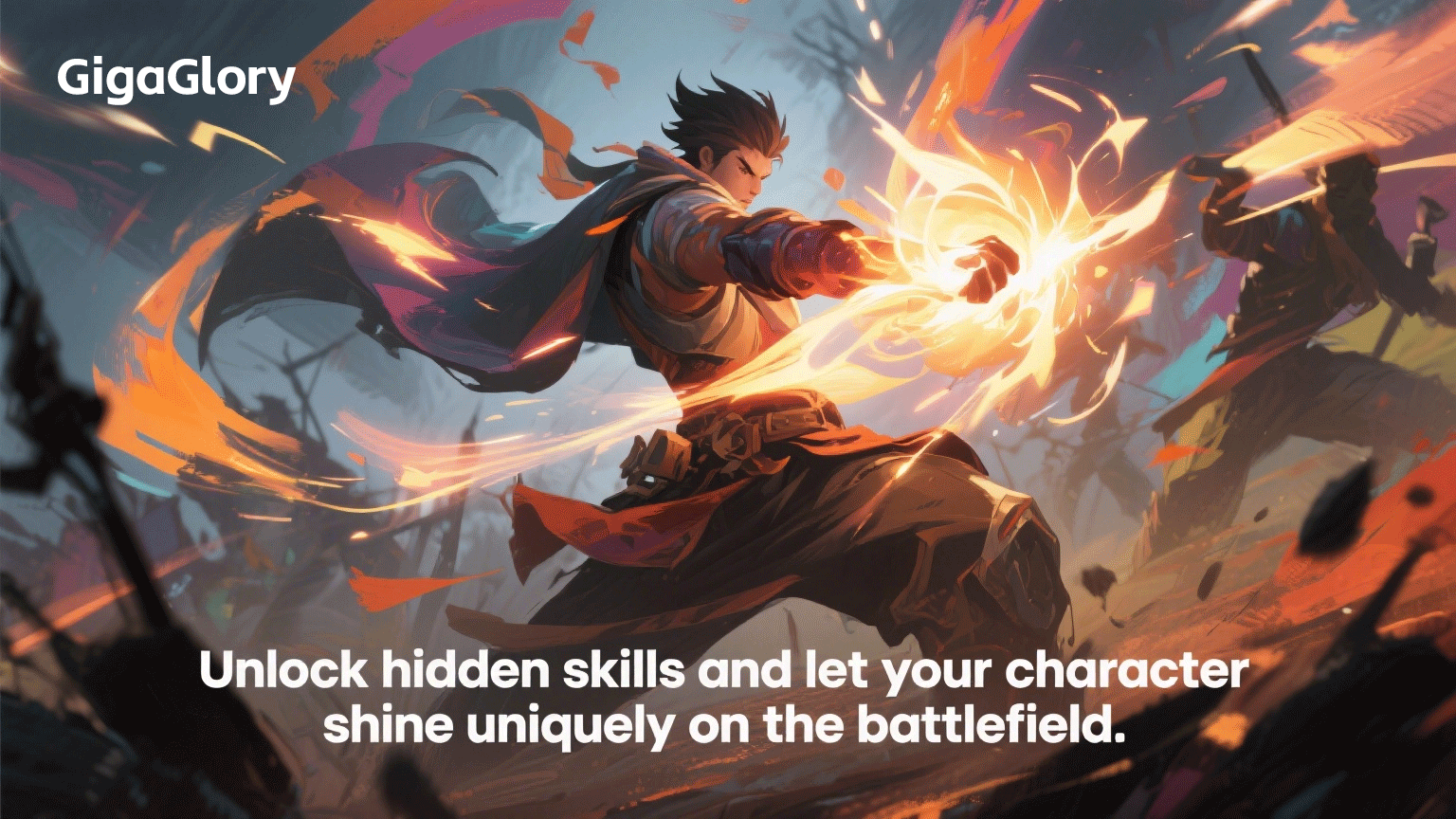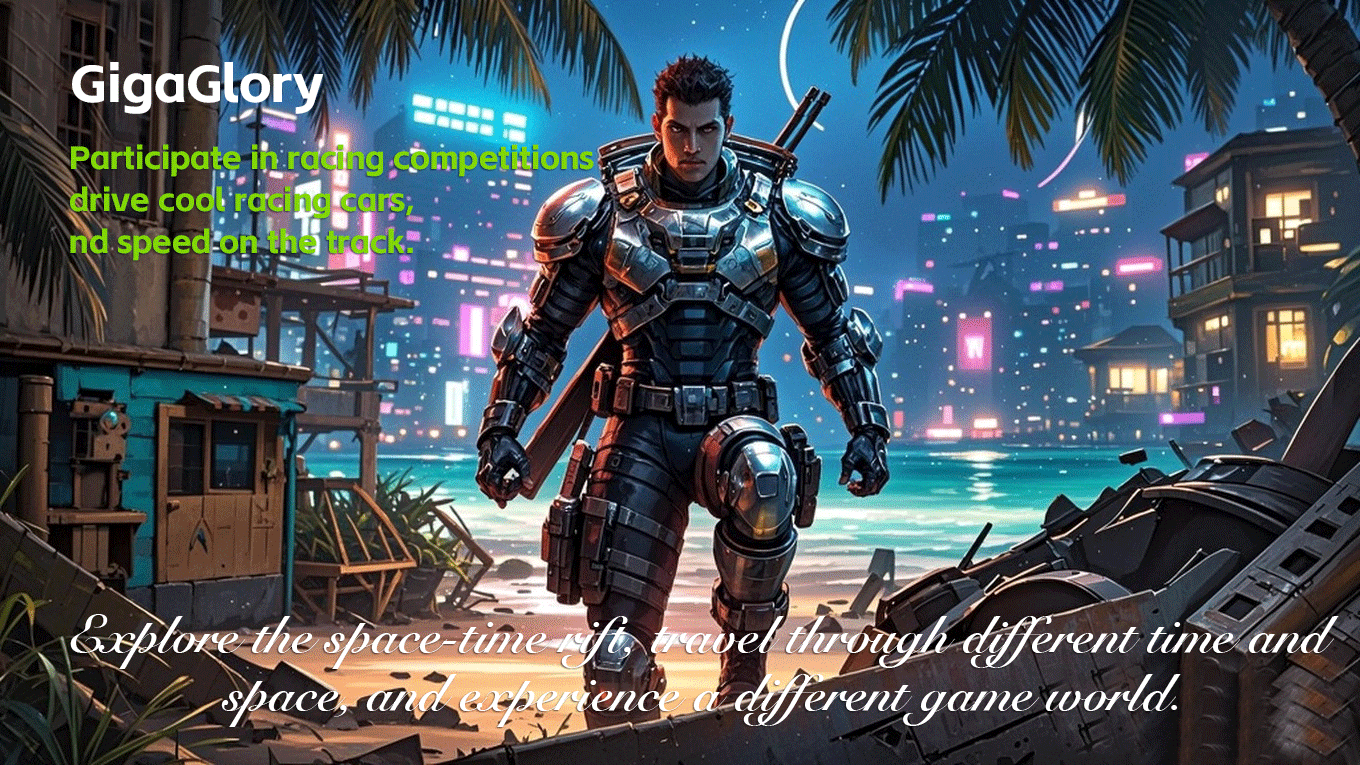Why Casual Games Are the New Frontier in Strategy Game Development
Understanding Casual Games
Casual games, often characterized by their simple mechanics and engaging gameplay, have carved a niche in the gaming industry that can't be ignored. They appeal to a broader audience as they require less time commitment and are generally easy to pick up. What makes them especially intriguing is their potential alignment with strategy games. The melding of these genres offers unique experiences for players.
The Rise of Strategy Games
Strategy games have been a staple in gaming, from classic turn-based games to real-time strategy (RTS) titles. Players love the challenge of competing against AI or other players by calculating their next moves. However, the challenge has always been balancing complexity with accessibility. Here’s where casual games come in.
Mobile Games Begin to Dominate
With the advent of smartphones, mobile gaming has become a cornerstone of casual gameplay. Casual mobile games like Candy Crush and Angry Birds have made waves in the industry—demonstrating that mobile doesn’t have to mean mindless gameplay. In fact, this new breed of **mobile game with good story** elements is getting much attention.
The Blend of Strategy and Casual Gaming
As game developers vie for player engagement, there's a noticeable trend towards creating games that incorporate strategy into casual gaming. This blend not only diminishes the learning curve for new players but also enriches the gameplay experience, keeping players of all skill levels invested.
What Makes Casual Strategy Games Appealing?
- **Simplicity**: Casual games usually have straightforward rules, making them accessible.
- **Engagement**: Short sessions of gameplay allow for quick bursts of fun, ideal for mobile users.
- **Strategic Depth**: While simple, these games can offer deep strategic experiences as players progress.
Industry Insights: The Data
| Game Type | Revenue (in billion $) | Player Demographics |
|---|---|---|
| Casual Games | 15 | All ages |
| Strategy Games | 8 | 18-35 years |
| Mobile Games | 20 | All ages |
The Power of Storytelling in Casual Games
Stories in games can captivate players, drawing them into the narrative. The integration of good storytelling elements, even in casual formats, can elevate the gaming experience significantly. Games like Clash of Clans combine simple mechanics with backstory to enhance player involvement.
Market Adaptation: How Developers are Shifting Focus
To stay competitive, game developers are adapting to the rising demand for casual strategy games. By examining user feedback, tweaking gameplay mechanics, and optimizing mobile platforms for these games, they can draw in players looking for both challenge and relief during their downtime.
Challenges in Blending Genres
While the blending of casual and strategy games seems promising, it's not without its challenges. Many players might find it difficult to stay engaged if the strategy aspects are watered down too much, losing the very essence of what strategic gameplay entails. Therefore, finding the right balance is crucial.
Examples of Successful Casual Strategy Games
- **Clash of Clans**: Building, strategy, and fighting wrapped into an engaging multiplayer structure.
- **Plants vs. Zombies**: An innovative mix of tower defense with casual gameplay.
- **Hearthstone**: Card battles that require strategic planning—perfect for casual play sessions.
Competitive Landscape: Who's Leading the Charge?
The games market is saturated with options, yet titles that successfully integrate casual gaming with strategic elements are seeing increased player retention and satisfaction. Developers that prioritize user experience and continuously update their game environments are likely to stay ahead.
Community and Player Engagement
Building a community around a game is essential for its success. Many casual strategy games encourage collaboration, leading to a more invested player base. Platforms like Twitch and Discord have become vital for players to connect and share tips, enhancing the casual gaming experience.
Preparing for the Future of Casual Strategy Games
The future looks bright for casual strategy games. With advancements in technology, wider access to powerful mobile devices, and an ever-growing player base seeking varied experiences, developers have numerous opportunities to innovate further. Creating emotionally resonant narratives, engaging mechanics, and streamlined interfaces will be key.
Conclusion
In conclusion, casual games are indeed the new frontier in strategy game development. Their ability to draw in a wide audience while offering engaging and strategic gameplay will continue to shape the industry’s landscape. As players demand more meaningful storytelling and immersive experiences without steep learning curves, developers are primed to meet these expectations. It’s an exciting time for gaming, and the intersection of casual and strategy genres will pave the way for future innovations.



